All anime is made by adults, but not all anime is made for adults. While adults can enjoy any anime they want, sometimes the high school antics, tropes, and gags can get a bit tiring and, well, repetitive. There’s a lot more in the world to explore, whether it be professional experiences, mature themes, and trickier subject matters than is appropriate or reasonable for shows aimed at children to explore.
That being said, “anime is for children” is a common fallacy that some who are not into the complexities of the genre tend to believe. It’s time to demystify it, as I can promise you that you probably wouldn’t want your children to watch any of the titles on this list, whereas you – hopefully an adult – could have a blast.
These are our favorite picks (and some honorable mentions and suggestions) for the best mature anime series out there.
Cowboy Bebop
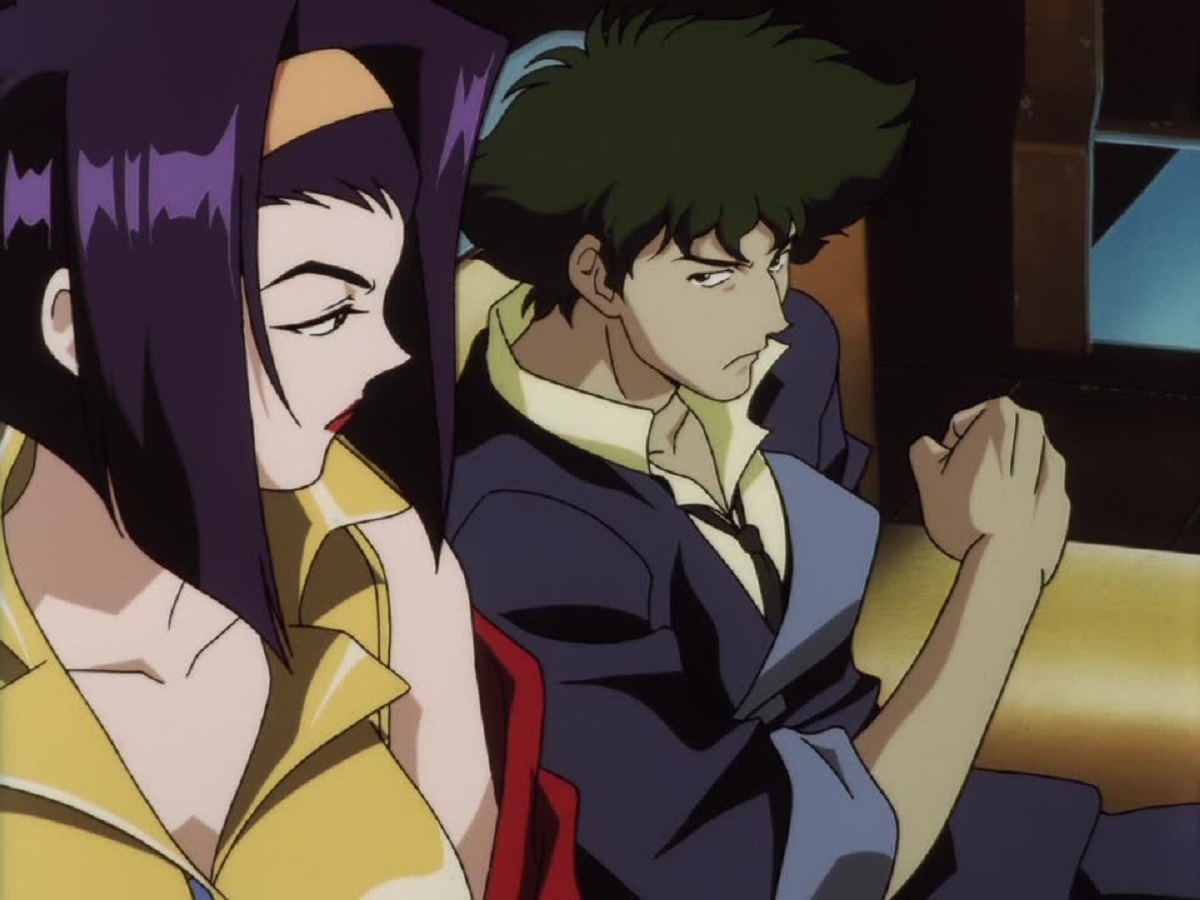
Considered by many to be the best anime to have come out of the 1990s, Shinichirō Watanabe’s original neo-noir space western has long established itself as a classic. Set in 2071, a sure part of Cowboy Bebop’s staying power is no doubt its multifaceted protagonists — the suave bounty hunter, the sassy femme fatale, and the jaded cop. These characters have histories only adults could have a full appreciation of; they’ve lived more complicated lives than even the most super-powered high school superhero could.
Whatever you do, don’t go watch the Netflix live-action adaptation thinking you could experience the story this way instead. If you want to watch it, that’s fine, but you would be doing yourself a disservice if you didn’t watch the original anime first. Only then can you go find out why most fans have qualms with what Netflix’s adaptation tried to do.
As an honorable mention, we have a more recent classic: Code Geass: Lelouch of the Rebellion. Although it shares a sci-fi feel with Cowboy Bebop, it falls under the category of mecha, and unlike the older of the two shows, it isn’t set in space many years into the future. Instead, Code Geass is set in an alternative reality where Japan was razed and conquered in a war against the Holy Empire of Britannia, thus becoming the dystopian, totalitarian-ruled Area 11.
If you want a regular tale of absolute good versus absolute evil, where the heroes emerge victorious at the end with the power of positivity and friendship, this won’t be it. However, it is precisely the moral nuances, which put forth such questions as “does the end justify the means?”, that truly make the show a riveting watch.
Here’s our watch order guide for Code Geass.
Parasyte: the Maxim
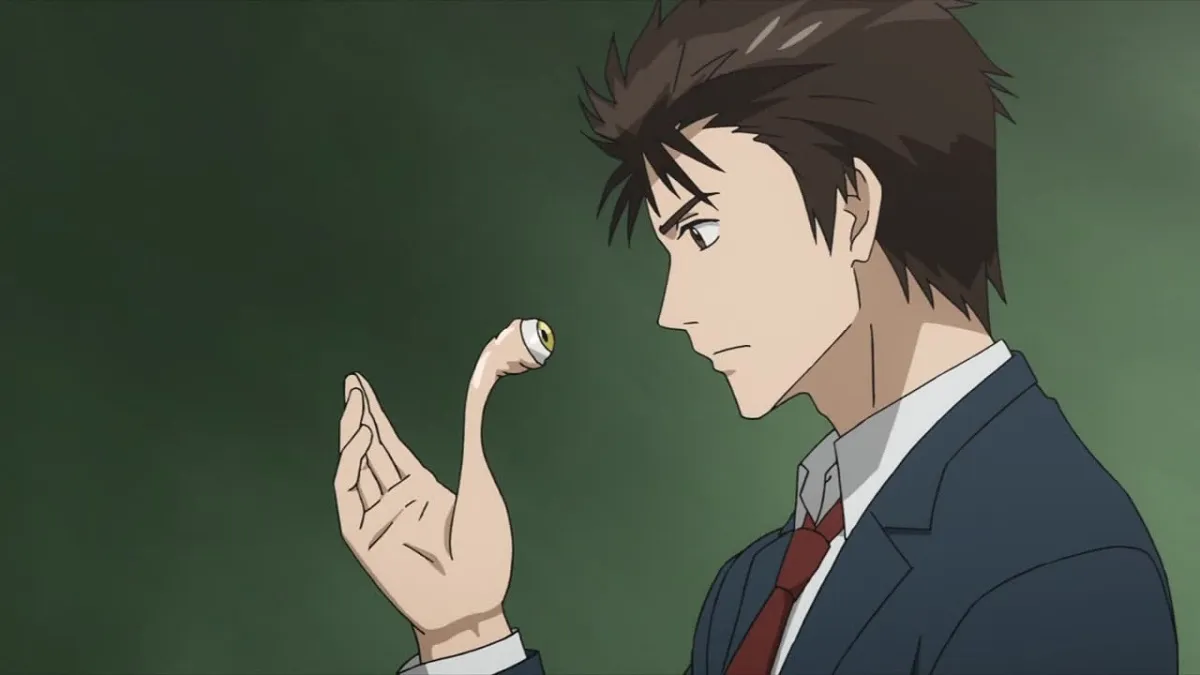
Although it follows a seventeen-year-old high school student as its main protagonist, that’s where the similarities between Parasyte: The Maxim and most run-of-the-mill high school-set, slice-of-life anime series end. Another Madhouse production, you might want to sit this one out if you have a queasy stomach and a low tolerance for body horror and gore.
Back when it finished airing in 2015, Parasyte was unsurprisingly blacklisted in China, and anyone who watches it should not struggle to come up with reasons why it might have been. Animated by studio Madhouse, which is behind a great number of other mature anime, including some on this list, the first episode of Parasyte should be a good indicator of whether you can withstand its graphic gruesomeness. If you can, you’re in for a wild ride. And, if you don’t love Migi by the end, well, I don’t know what to tell you.
On an equally – if not more – bloody side of the spectrum, we have the honorable mention: When They Cry – or Higurashi no Naku Koro ni in the original. It leans heavily into the psychological horror genre in a way that does not happen in Parasyte, while still being a bloodbath of a series. Another difference is that instead of science fiction, it deals mostly with the supernatural.
An adaptation of a visual novel, which may be the preferred medium to get the most out of the story but not everyone has that many hours of their life to spare – not even mentioning the franchise’s spin-offs. One downside that may put some viewers off from the get-go is the animation, laughably poor compared to Parasyte’s. But if you can bring yourself to get over that, as well as staying clear from the dubbed version no matter what, I promise it’s worth watching at least the first two seasons.
Here’s a How to Watch Guide for Higurashi if you’re feeling brave enough to watch the whole series from start to end.
Vinland Saga
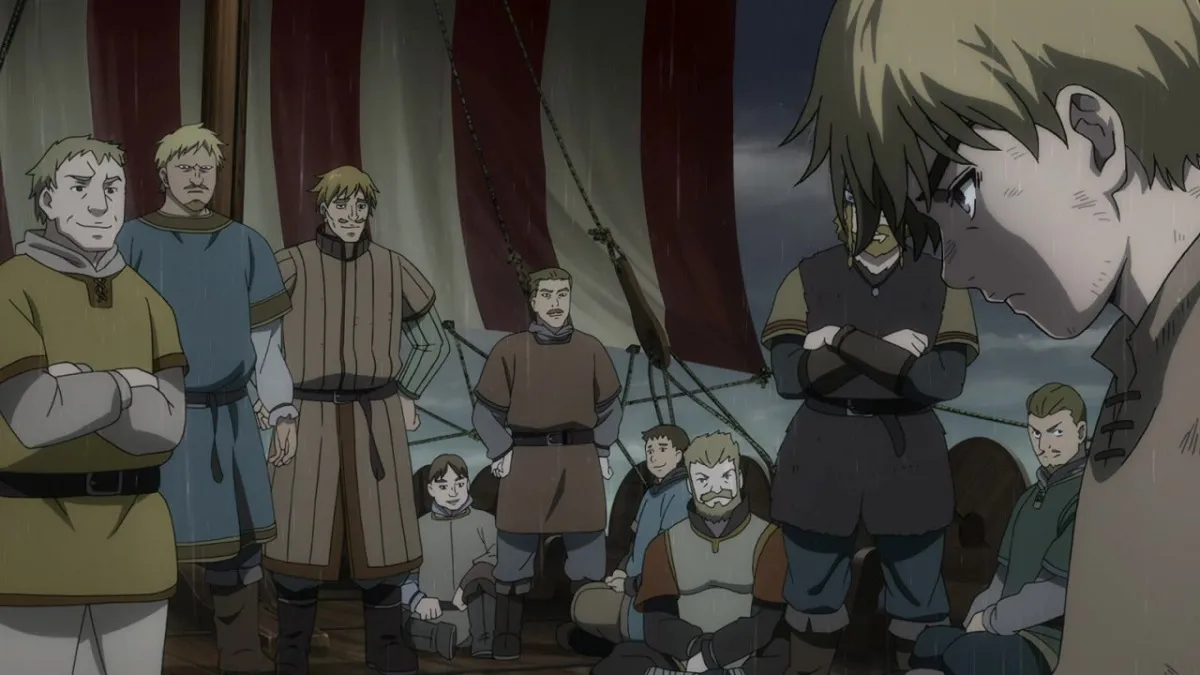
Forever cemented as one of my personal top 3 all-time favorite anime after its life-changing Season 2, which aired from January to June 2023, Vinland Saga is a must-watch for anime fans and a solid recommendation to give to nearly anyone. This series could be compared to the historical TV drama Vikings, if Vikings had one of the most powerful moral lessons to impart. Created by Makoto Yukimura, Vinland Saga tricks you into believing it’s one thing when in fact it is so much more than that. The riveting 24-episode-long Season 1 is in fact the violent, tragic prologue to a tale of redemption, rebirth, and what it means to be a true warrior.
In an interview with AnimeNewsNetwork, Yukimura stated: “Deciding whether to write a story that would fuel violence with violence or an eye for an eye or if I want to write a world where somebody will put an end to this. If I were to choose between the two paths of the story, I would definitely choose a path of healing and forgiveness out of this situation.”
With fantastic music, story, characters, and action, our honorable mention for this action-drama spot must be Berserk (1997). Similarly to Vinland Saga, when you’ve watched the last episode you’ve reached the end of the prologue – which thereafter prompted so many fans to read the manga. But unlike Vinland Saga, it is not set in the real world at the beginning of the 11th century, but in a fictional one inspired by medieval Europe.
The 1997 series is only a small fraction of what the manga story has to offer. It can be considered its own, self-contained plot, although beware, don’t go into it if you’re a sucker for sugary sweet happy endings. You won’t find one here. It’s worth mentioning that there’s a more recent 2016 adaptation, which is mostly 3D-animated, but I cannot wholeheartedly recommend watching this one if that means ignoring the 1997 version.
Banana Fish
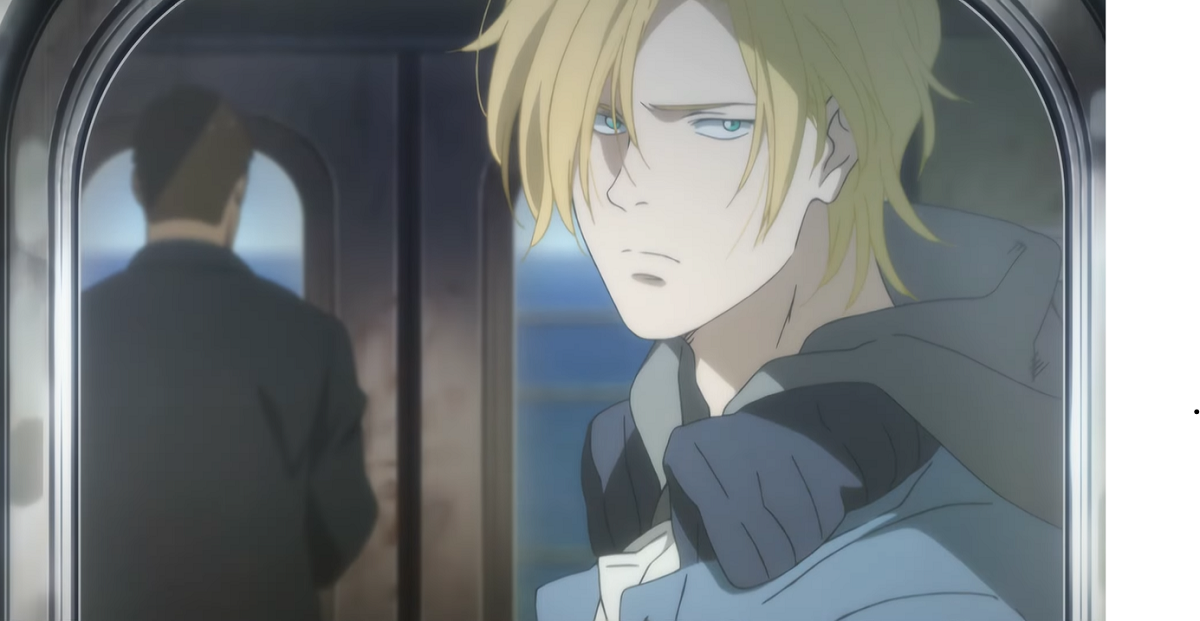
If you’re not an unfeeling brute, Banana Fish is one of the entries on this list that’s sure to rock your world. Set in New York City, Banana Fish is a story grounded in real-life, except for the fact that its plot revolves around a mysterious drug that causes people to essentially lose their minds and go berserk. The story was first created in the mid-1980s by manga artist Akimi Yoshida. Its original drawing style is much different from the modernized one we get in the 24-episode-long 2018 series brought to life by Studio MAPPA.
Banana Fish is considered to be BL (as in Boys’ Love, not Bachelor of Law), with the main pairing being between the two protagonists, a hardened, 17-year-old American gang leader with a past filled with abuse – including child sexual abuse, so here’s your content warning – and an undeniably wholesome 19-year-old Japanese photographer’s assistant whose life has been exempt of violence prior to coming to America.
However, for a BL anime, some might argue that there’s not enough emphasis on the ‘love’ part. So, if it’s a fulfilling love story you’re craving, especially one which brings closure and resolved romantic tension, you might be better served with our other suggestion: Yuri!!! On Ice.
Sports anime isn’t just the domain of high schoolers with big dreams. Also credited to MAPPA, Yuri!!! On Ice is technically not a mature anime as it is rated PG-13. However, it has enough blatantly sexual innuendos and risqué jokes for most people to feel highly uncomfortable thinking about a 13-year-old watching it. The show’s protagonist, 23-year-old Yuri Katsuki, competes on the world stage of competitive figure skating. But this is not a tale of prodigal success. Rather, Yuri climbs his way up with hard work mired by realistic, personal shortcomings.
Death Note
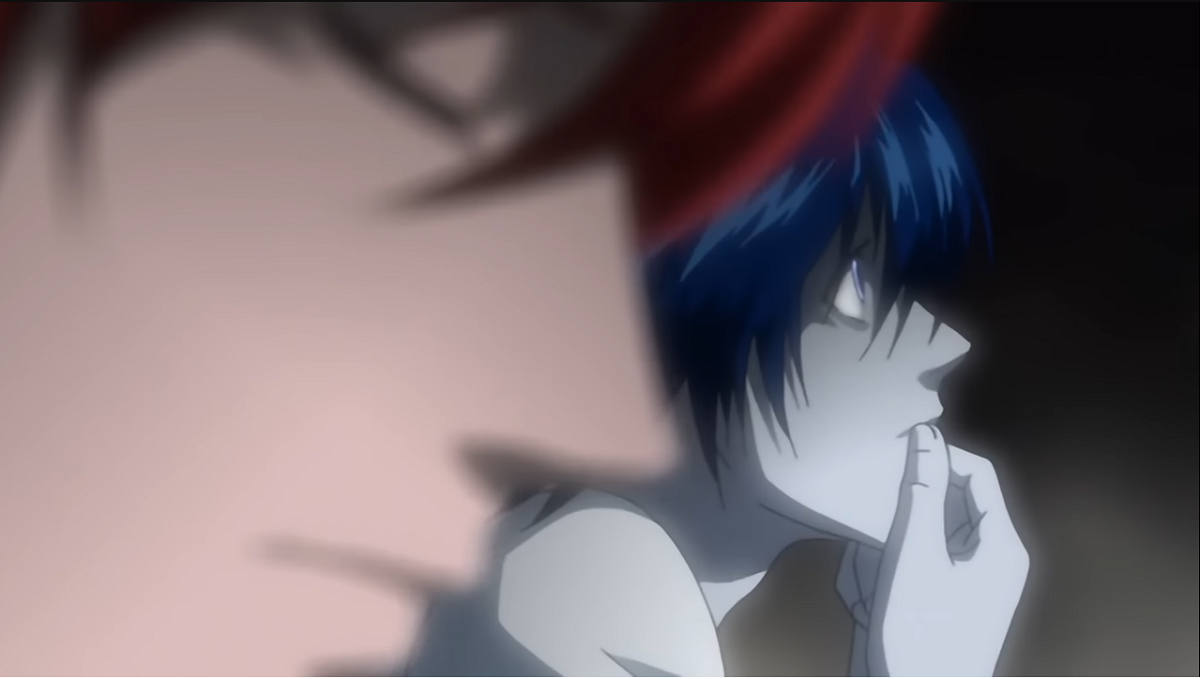
This is one of those cases in which the main pick and honorable mention are honestly interchangeable. The bottom line is: You should absolutely watch both if you’re into thought-provoking mature stories, full of symbolisms and parallels, which play out like the most high-stakes game of 3D chess. You cannot go wrong with either Death Note or Monster. However, the former is far more mainstream than the latter, and there are a few reasons why that may be. One of those reasons is that Death Note is roughly half the length of Monster, which has 74 episodes and that’s enough deterrent for some (unfortunately).
So, by implicitly popular demand, we’ll start with Death Note. Even if you haven’t seen it, chances are you’ve heard of it and even know the gist of its plot: An incredibly bright high school student, Light Yagami, who looks and acts more like a young adult than a teenager, finds a notebook. After some experimentation, Light realizes the notebook is a lethal weapon that gives him the power to play judge, jury, and executioner, and so, he does. Then, once he has gained notoriety as this self-righteous, invisible killer of criminals and thinks himself unstoppable, the world’s greatest detective, who’s a bit of an adorable oddball, gets involved in the criminal investigation. Striving to outwit one another, Light and the detective, mysteriously named L, engage in a game of cat and mouse in which both take turns playing the cat and the mouse.
Now, as for our honorable mention, I feel even more strongly about spoiling Monster than I feel about spoiling Death Note. That alone should say something. But if I had to give you something to go off of is that Monster is even more grounded in reality than Death Note, which includes some unrealistic, fantastical elements like the aforementioned notebook and the disturbing-looking entity that used to possess it prior to Light.
With a relationship between the protagonist and antagonist that’s no less compelling than in Death Note, Monster takes the philosophical trolley problem – a thought experiment that makes you question how we attribute value to life and death – to a whole different level. Choosing between whose life to save, is the kind of dilemma the protagonist, Dr Kenzo Tenma, a distinguished neurosurgeon, finds himself trapped in at the beginning of the series. Tenma ends up following his consciousness only for the consequences to snowball fantastically out of control.
Watch both. Thank me later.
Attack on Titan
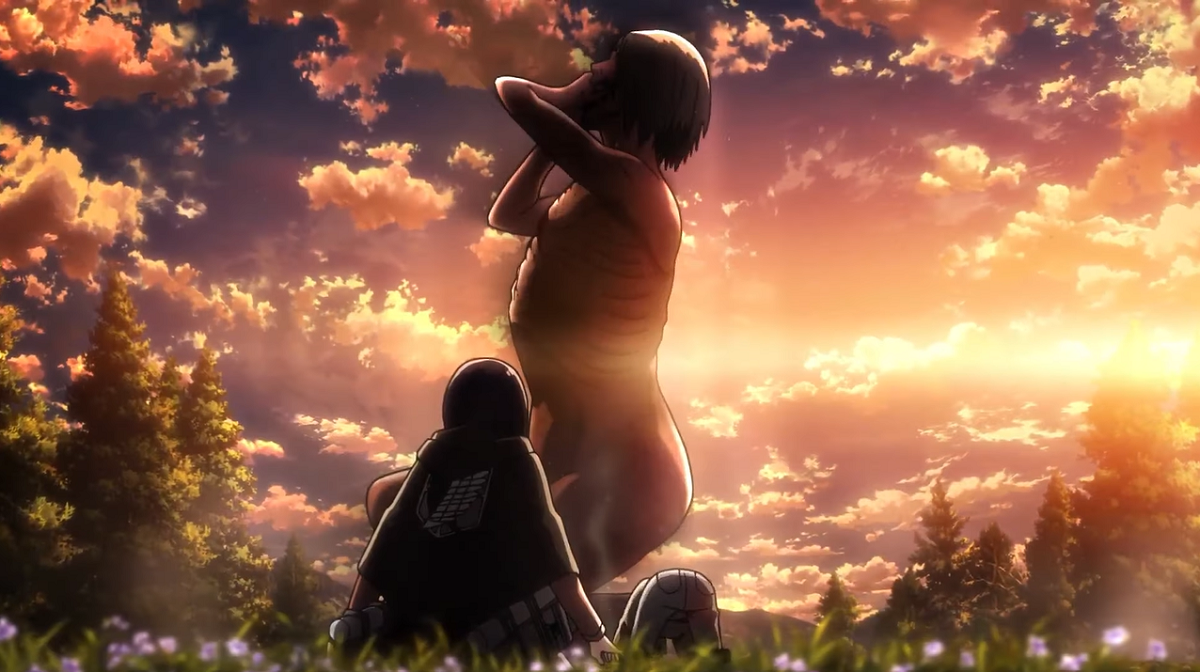
Some might – and do – argue that Attack on Titan is a shōnen anime, but I’m with the group which considers it a seinen. Yes, I know it was serialized in Bessatsu Shōnen Magazine, but after watching many shōnen in my lifetime, I cannot in good conscience wedge it into that same group as I think it could lead to misleading expectations.
I started the series as a teenager, around 2014, when there wasn’t yet a Season 2. I don’t know how I would’ve viewed the rest of Attack on Titan were I still in my teens, but as an adult, I can unpack the complexities and thought-provoking moral dilemmas the show exposes viewers to, something which I doubt I could’ve comprehensively done in my younger years.
Undoubtedly, Hajime Isayama’s story has given rise to heated debates that are applicable to real life, even if there aren’t any giant, human-eating, humanoid-looking creatures in our real world. Some may think it’s overrated, but most can see the sheer originality, careful consideration, and depth that has gone into conceiving such a story.
Is it perfect? No. But it’s nevertheless a story worth experiencing, for both its entertainment and thematic value, preferably going into it as blindly as possible. As for an honorable mention, Attack on Titan is the honorable mention. Yes, you’ve read that right. On a few fronts, it could perhaps be comparable to Code Geass, which we’ve already talked about, but for me and many others, it still stands in a league of its own.
Death Parade
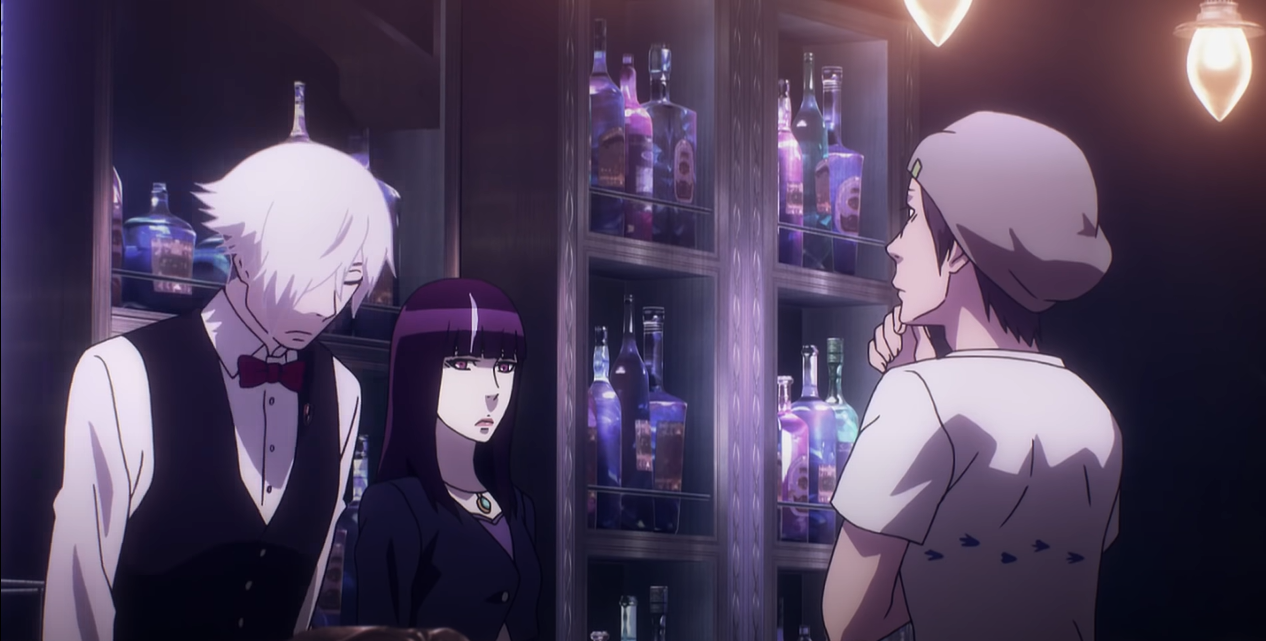
“Boom, boom, boom, dancing through the skies!” I promise this theme song will get stuck in your brain as you’ll refuse to ever skip it. Death Parade’s opening song is the very definition of “fun.” However, it is perhaps as misleading to the mood and themes of the series as most Jujutsu Kaisen openings – which are magnificent, by the way.
Another entry produced by Madhouse, Death Parade has an incredibly original premise – for which I won’t offer any spoilers – and although most characters come and go, except for the handful of main ones, it nevertheless makes you feel for them, their inner conflicts, and undeniable humanity. The end is capable of melting the coldest of hearts. If it doesn’t, I’d suggest going to the doctor, you might be lacking one.
If Death Parade is capable of squeezing a few tears out of you, this other suggestion will make you cry a whole lake, and it will be worth it by the end. Also told mostly in episodic fashion, Violet Evergarden might be PG-13 but the way it explores in a bittersweet but beautiful fictional world such complex, real themes like the destructive reality of war, the pain of grief, and the meaning of love is one that may be able to leave most adults in speechless contemplation. Life might puncture holes into our souls, but Violet Evergarden shows how the right, earnest words, can bring the closure we’re so desperate for.
Here’s a guide on how to watch Violet Evergarden in order.
Psycho-Pass
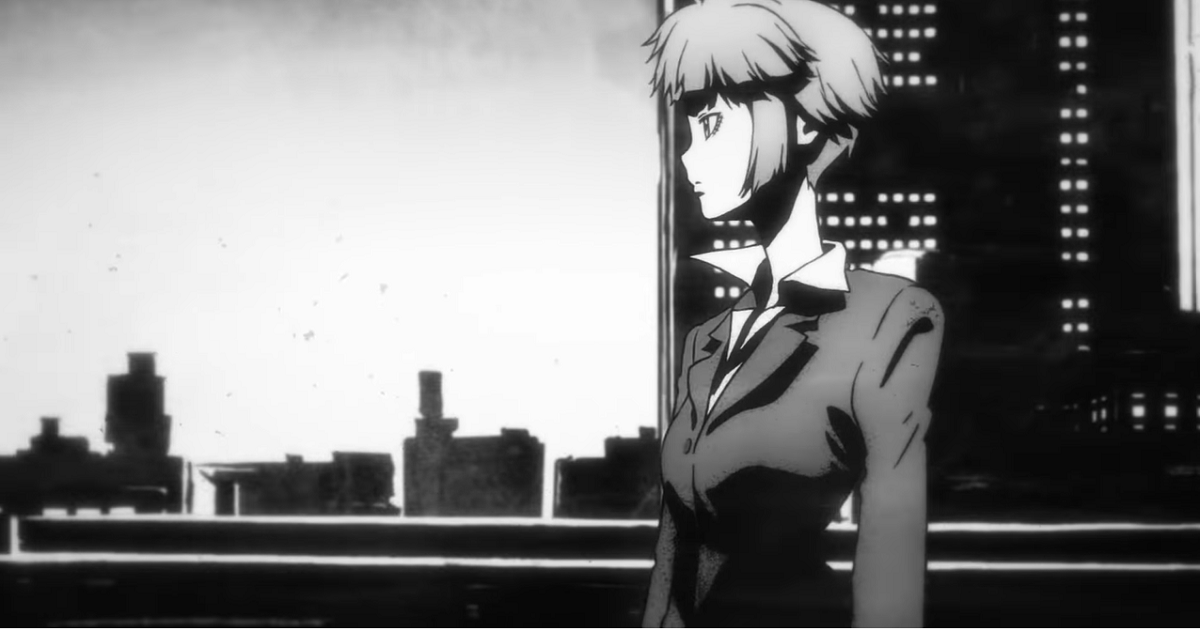
Although it has its flaws, Psycho-Pass hinges on one of the most fascinating dystopian sci-fi premises I’ve ever come across. Set in Japan in the 22nd century, society has developed a kind of crime-preventing technology that allows one to determine how likely someone is of committing a crime. For the sake of the betterment of society, people’s lives are under constant surveillance and control, even your professional occupation, is mostly decided for you.
Thanks to the Sibyl system, Japan is the only nation worldwide that’s mostly free of conflict. That should be a very positive thing, right? However, the objective system, which presents itself as existing for the greater good, is not without its flaws. In fact, its flaws, make this mostly conflict-free society immensely terrifying, in a subtle way at first, and progressively more so as more outrageous loopholes in the system reveal themselves throughout the series. The majority of our main cast is on the side of law enforcement – at least at first – which leads the story into a great chain of moral dilemmas as they are confronted with the realities of the status quo.
The related suggestion is one that taps into the genre and subgenre of sci-fi and dystopia in a more subtle manner. A successful adaptation of a great visual novel, Steins;Gate could also have a spot of its own were it not for the fact that it’s rated PG-13 and has enough Japanese Pop culture references to alienate a less knowledgeable watcher. Nevertheless, Steins;Gate is one of those unique stories that should be experienced at least once in one’s lifetime. With one of the best and most intricate stories ever told about time travel, both Steins;Gate’s characters and plot are meticulously crafted and endlessly compelling. One of its only downsides is that it has a slow start, but it’s much needed in order to lay the foundations for when the story picks up incredible speed at around the halfway mark.
Terror in Resonance
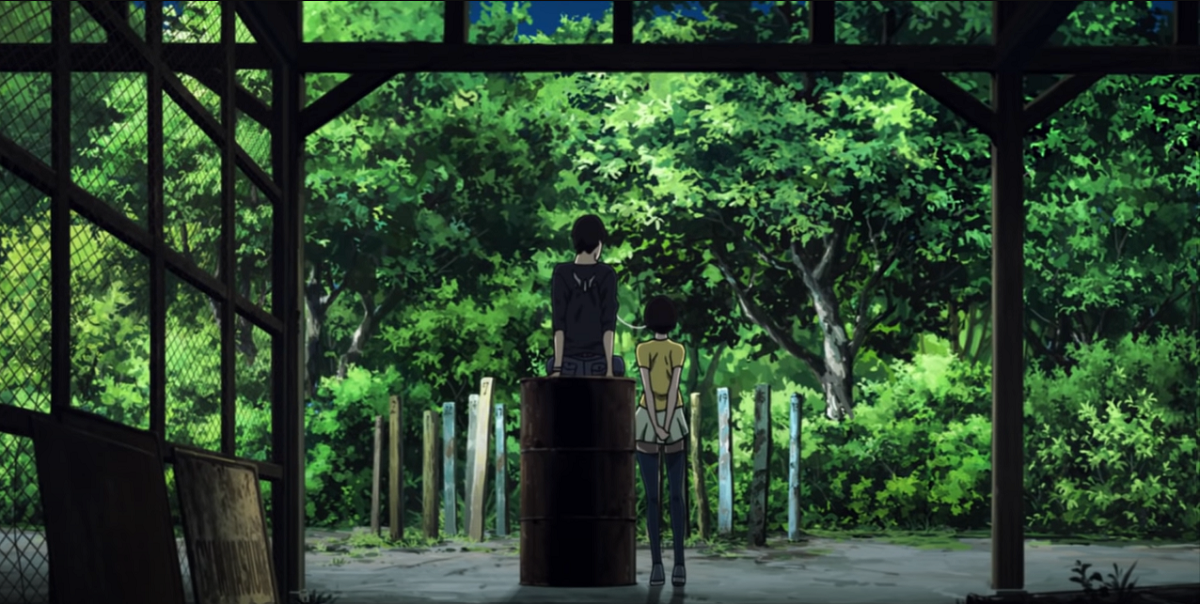
From time to time, a series comes along that’s capable of ripping your heart out, munch on it for a bit, then spit whatever’s left to the cold, hard ground. From the same director as Cowboy Bebop, comes a lesser-known 11-episode-long series by studio MAPPA, Terror in Resonance – Zankyou no Terror in the original Japanese. In spite of initial appearances, this show is not actually about terrorism, not really. Nine and Twelve, the two teenage boys who cause the chain of events that set the gripping plot into motion, might be perpetrators of acts that can be considered terroristic in nature but before then, they were victims. They are victims determined to not let their tragic past be buried by corruption and the long strides of history.
However, things become even more complicated and convoluted when an innocent girl, who’s also a victim in her own way, becomes entangled in the high-stakes drama. With a cop and criminal dynamic at the center that’s reminiscing of Death Note, and snippets of human connection as well as harsh reality sown in between, Terror in Resonance will play on your heartstrings like the cords of a violin, the kind which makes up part of its undeniably emotional soundtrack.
Here’s one of the best scenes in the show to further pique your interest:
The second recommendation also with strong thematic correlation to the title of this subtitle, is The Promised Neverland. The series explores the idea of what would happen if humans weren’t at the top of the food chain and were instead, especially children younger than 12, a delicacy to larger, stronger beings. However, this suggestion comes with a catch: pretend Season 2 does not exist. You have three options in my view: you watch Season 1 and read the manga, you just read the manga, or you just watch Season 1 and leave it at that.
Any of these is better than watching Season 1 and Season 2 thereafter. The reason is that Season 2 decided to speedrun the rest of the manga series after the point Season 1 leaves off, erasing whole arcs and characters to create an underwhelming experience for the remaining plot twists, payoffs, and the rest of the narrative.
Baccano!
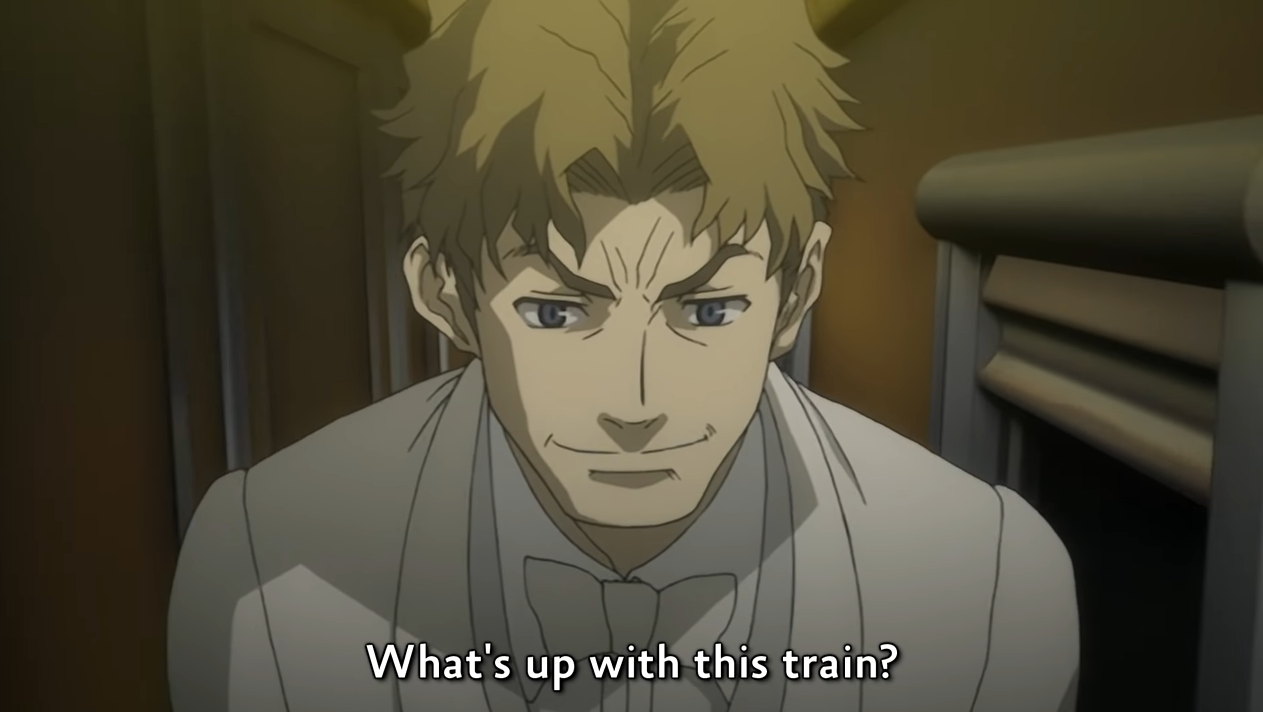
The right question should be “What’s up with this train’s name?” (Yes, I was compelled by its sheer ridiculousness to include it in the subtitle.) But don’t let poor naming choices distract you too much, because, the last entry on our list, Baccano!, is unconventionally fun and dynamic in its storytelling. With no single protagonist, it masterfully weaves three main separate plotlines with different points of view together into one uniquely told multifaceted and nonlinear narrative.
Although the nonlinear chronology might make it challenging for some viewers to stick with it, I can assure you that it’s absolutely worth it and things will become clear once you reach the end. Based on an award-winning light novel series by writer Ryohgo Narita and illustrator Katsumi Enami, the anime is one of the best of its year, 2007. The story is mainly set in America during the beginning of the 1930s and it follows a cast of colorful – and I use colorful as a euphemism, take it as you will – and borderline crazy characters. Moreover, Baccano! has an incredible dub that perfectly fits its vibe.
Oh yeah, and it has, like the previously discussed Death Parade, one of the most fun and addicting opening themes out there. See for yourself:
With fewer plotlines but plenty of guns, adrenaline, fun, and violence, not to mention another epic opening song, is Jormungand. Brought to us by White Fox, the studio which adapted Steins;Gate and Re:Zero into anime, Jormungand follows Koko Hekmatyar, an international arms dealer who dreams of world peace, and her group of bodyguards. On top of that, the meat of the interpersonal drama comes from the fact that her newest bodyguard, a child soldier everyone calls Jonah, hates firearms and everything to do with them.
With a total of two seasons, Jormungand is an exciting and intriguing character-driven series that unfortunately doesn’t shine for its overarching payoff but is nevertheless worthy of an honorable mention.


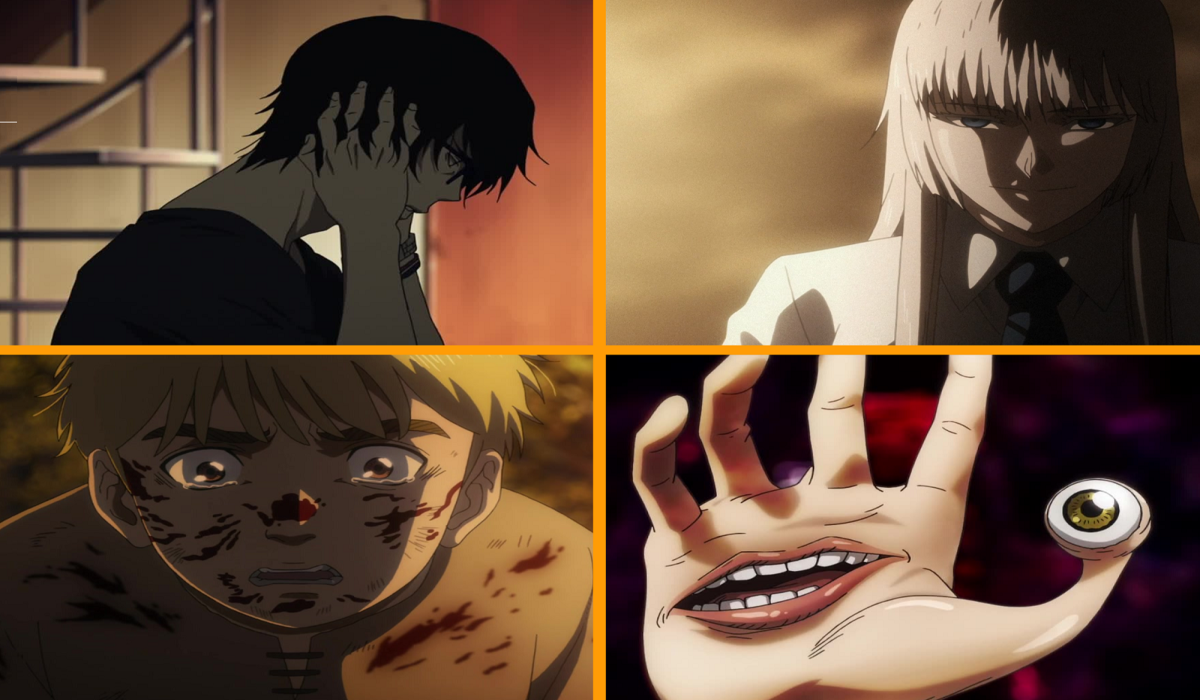
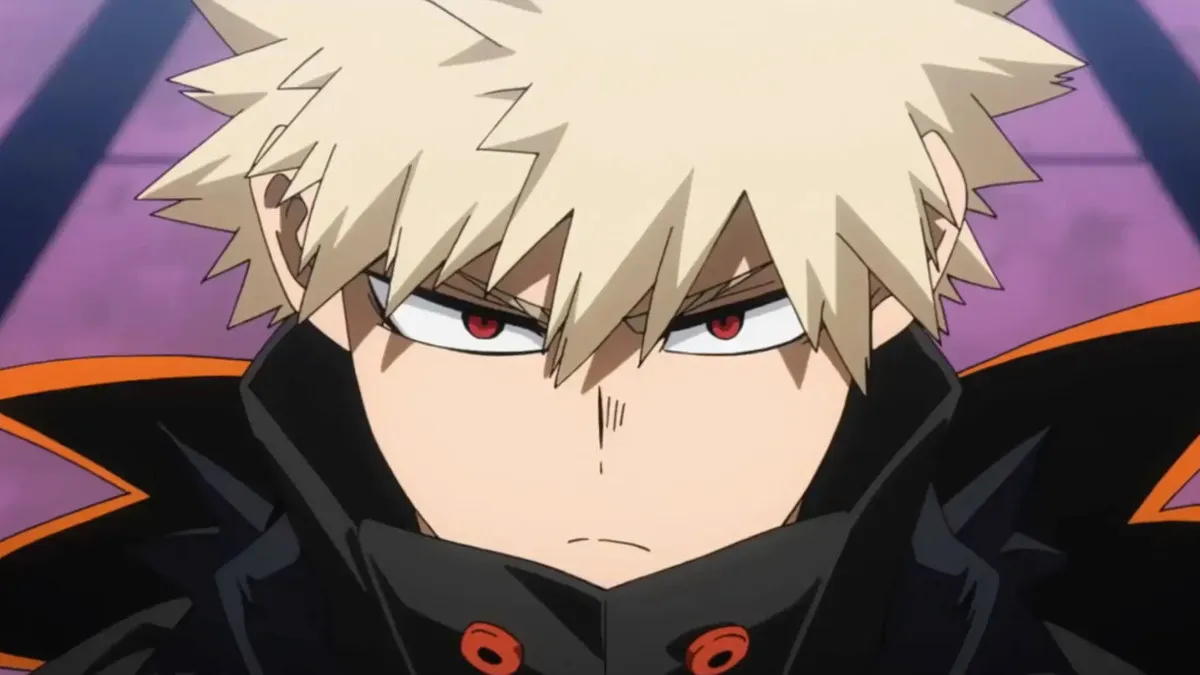
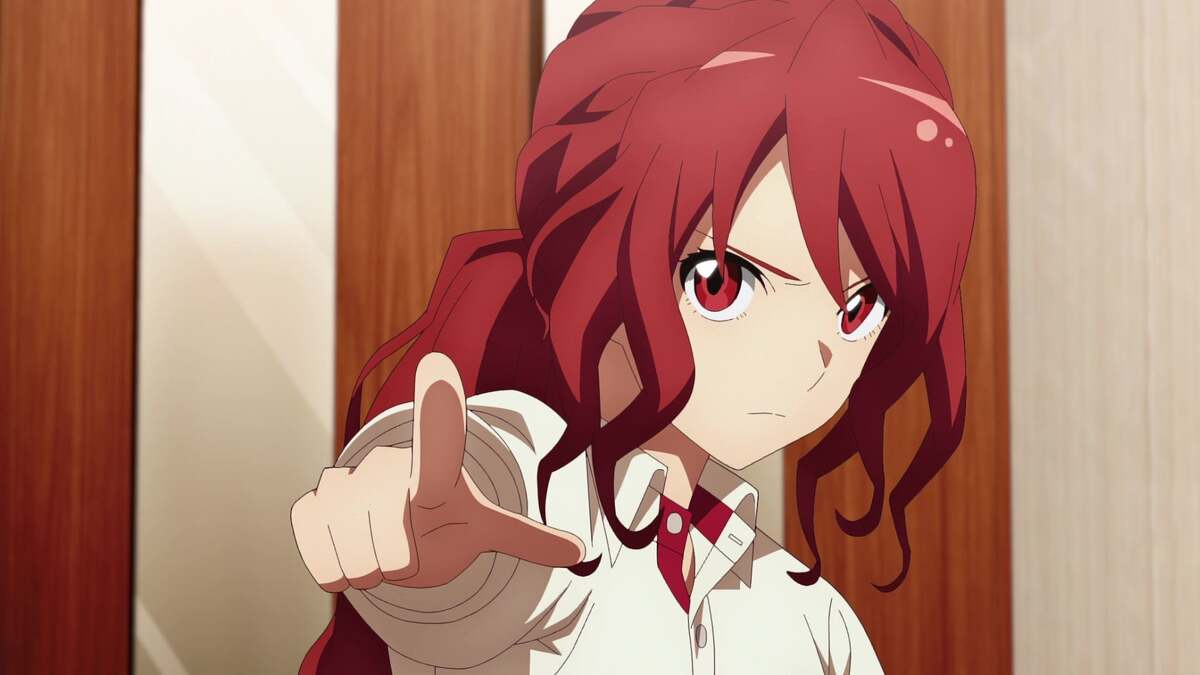
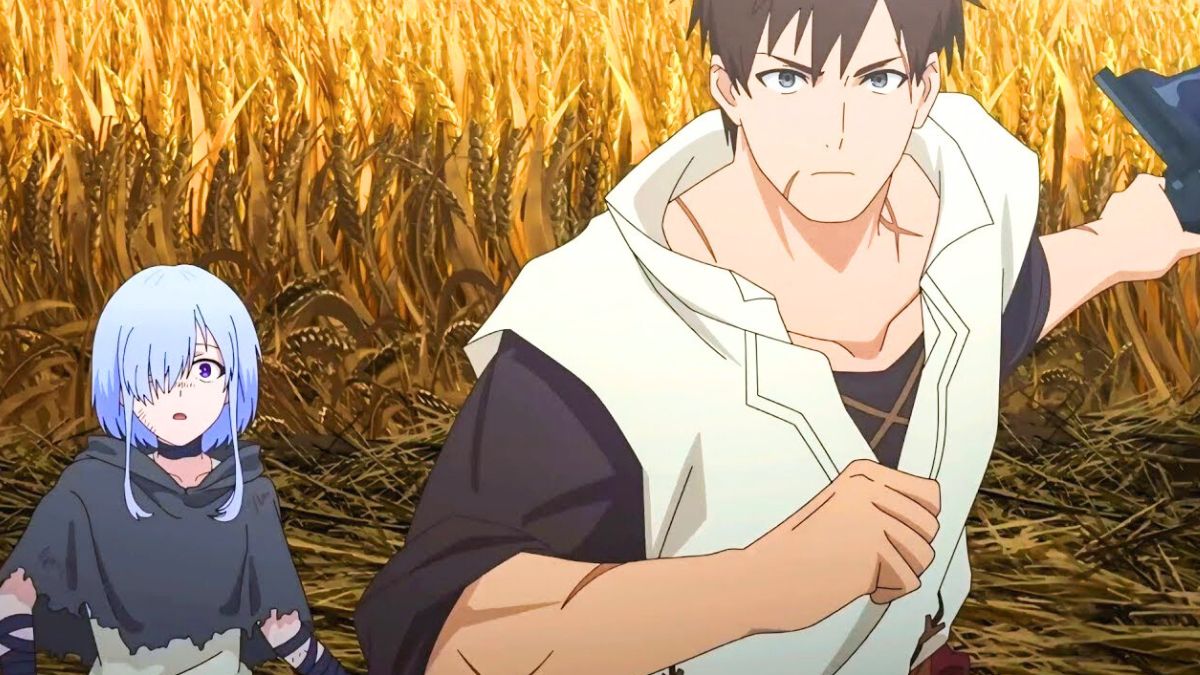
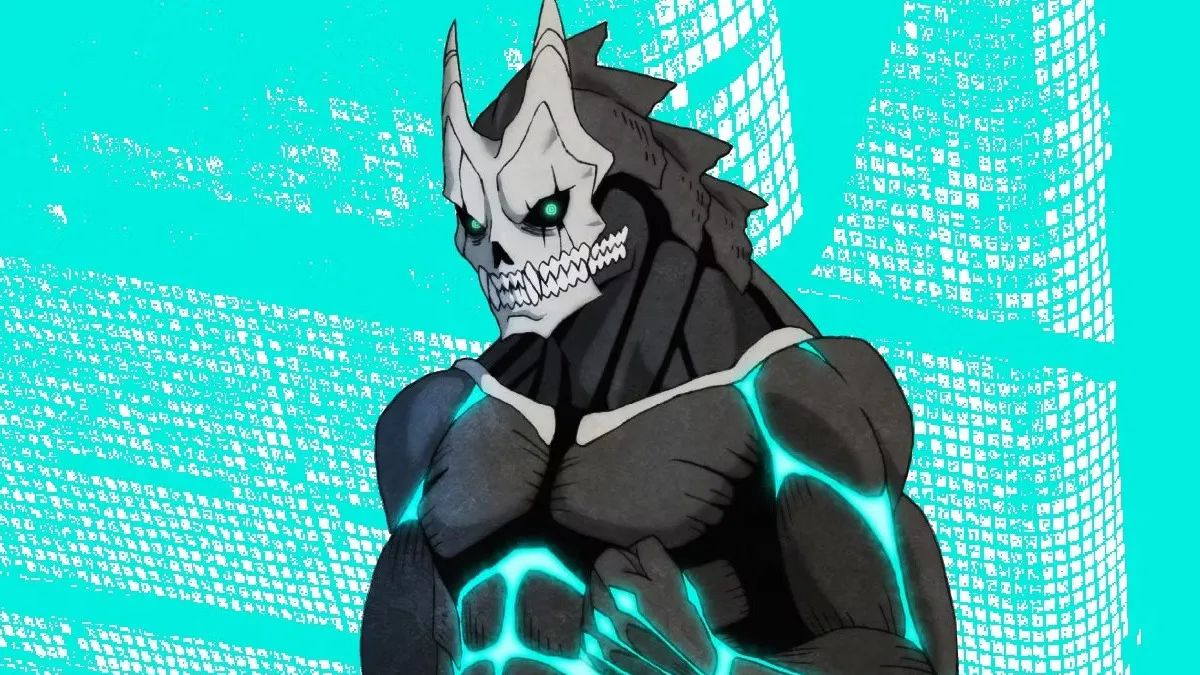
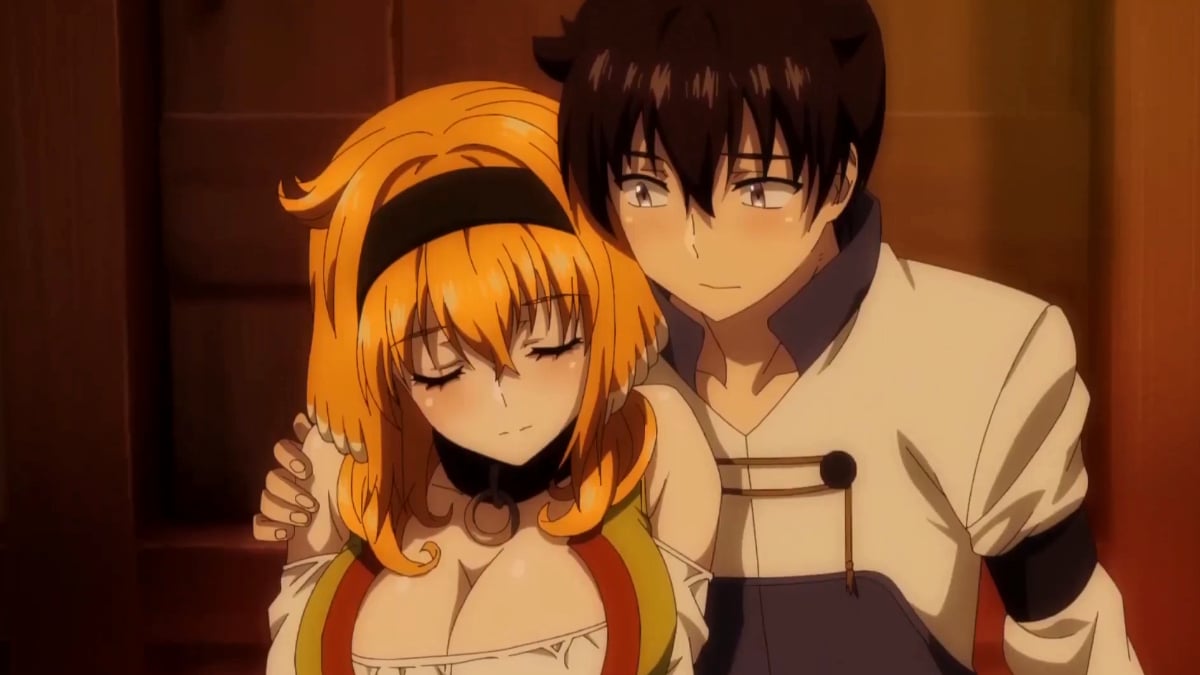

Published: Aug 16, 2023 09:10 am